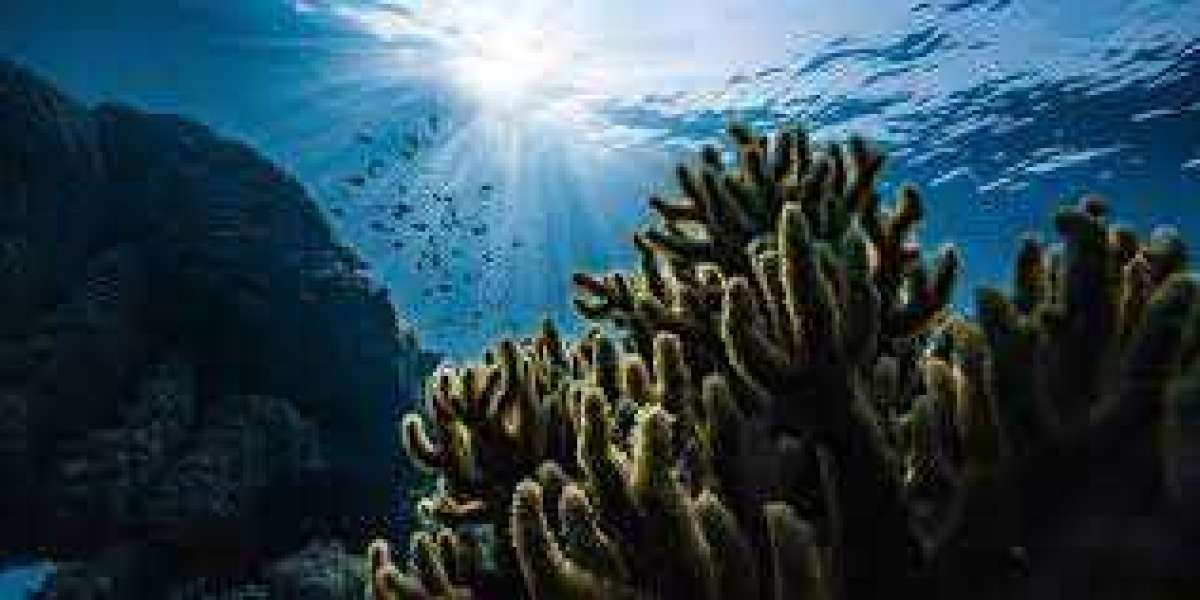The world's oceans are not only vast bodies of water; they are also intricate ecosystems teeming with life, supporting an immense diversity of flora and fauna. However, this delicate balance is increasingly threatened by human activities, one of which is biofouling. Biofouling refers to the accumulation of marine organisms, such as algae, barnacles, and mollusks, on submerged surfaces, including ships' hulls and marine infrastructure. While biofouling is a natural process, its unchecked proliferation poses significant environmental and economic risks.
To mitigate these risks, biofouling inspections play a crucial role in safeguarding marine ecosystems. These inspections involve the thorough examination of vessels and structures to detect and manage biofouling growth. The goal is not only to prevent the spread of invasive species but also to minimize the ecological impact of human activities on marine environments.
The Impact of Biofouling
Biofouling may seem like a mere nuisance, but its consequences can be far-reaching. One of the most significant concerns is the spread of invasive species. When ships travel from one port to another, they inadvertently carry a diverse array of marine organisms attached to their hulls. These hitchhikers can establish new populations in foreign ecosystems, outcompeting native species and disrupting delicate ecological balances. The consequences can be devastating, leading to loss of biodiversity, altered habitats, and reduced ecosystem resilience.
Moreover, biofouling can have economic implications. The accumulation of marine organisms on ships' hulls increases hydrodynamic drag, leading to higher fuel consumption and operational costs for vessel operators. Additionally, biofouling can compromise the integrity of marine infrastructure, such as offshore platforms and underwater pipelines, potentially resulting in structural damage and maintenance expenses.
The Role of Biofouling Inspections
Biofouling inspections serve as a frontline defense against the adverse effects of marine bioinvasions. By systematically assessing vessels and structures for biofouling accumulation, inspectors can identify and address potential risks before they escalate. These inspections typically involve visual surveys, hull cleaning, and the application of antifouling coatings to prevent organisms from attaching to surfaces.
Furthermore, biofouling inspections contribute to regulatory compliance and international biosecurity efforts. Many countries have implemented strict biofouling management regulations, requiring vessels to undergo inspection and treatment procedures to minimize the risk of introducing invasive species. International organizations, such as the International Maritime Organization (IMO), have also developed guidelines and standards to harmonize biofouling management practices across borders.
Challenges and Innovations
Despite their importance, biofouling inspections face several challenges. One of the primary obstacles is the sheer volume of maritime traffic and infrastructure requiring monitoring. Conducting comprehensive inspections can be time-consuming and resource-intensive, particularly in busy ports and coastal areas. Moreover, the effectiveness of inspection methods can vary, and detecting microscopic organisms or early-stage biofouling growth remains a significant challenge.
To address these challenges, researchers and industry stakeholders are continuously developing innovative solutions. Advanced imaging technologies, such as underwater drones equipped with high-resolution cameras, enable more efficient and accurate inspections of submerged structures. Similarly, biofouling-resistant materials and coatings are being developed to reduce the attachment of marine organisms to surfaces, thereby minimizing the need for frequent inspections and maintenance.
Conclusion
Biofouling inspection are indispensable tools in the conservation and management of marine ecosystems. By preventing the spread of invasive species and mitigating the ecological and economic impacts of biofouling, these inspections play a vital role in preserving the health and resilience of our oceans. However, addressing the challenges associated with biofouling requires collaborative efforts from governments, industry stakeholders, and the scientific community. Through innovation, regulation, and proactive management practices, we can strive towards a more sustainable future for our marine environments.








